The Eye Love Project
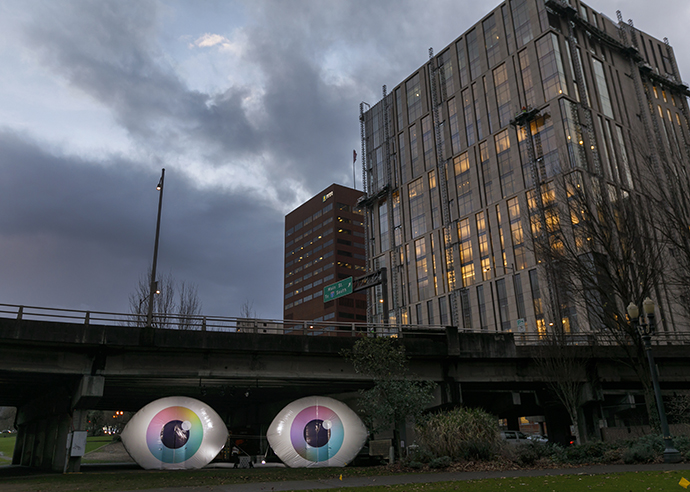
Why create The Eye Love Project?
OHSU Casey Eye Institute's mission is to eliminate preventable blindness and improve quality of life through leadership in the art, science and technology of 21st century eye care. Choosing the year 2020 as a playful connection to "20/20" normal vision, we feel this is the perfect time to focus on our eyes and what they do for us.
That’s why we are powering The Eye Love Project – a mobile multimedia exhibit that celebrates the wonder of vision and raises awareness of the importance of eye health. The best way to help keep people's eyes healthy and save sight is to increase awareness of how to take care of our eyes!
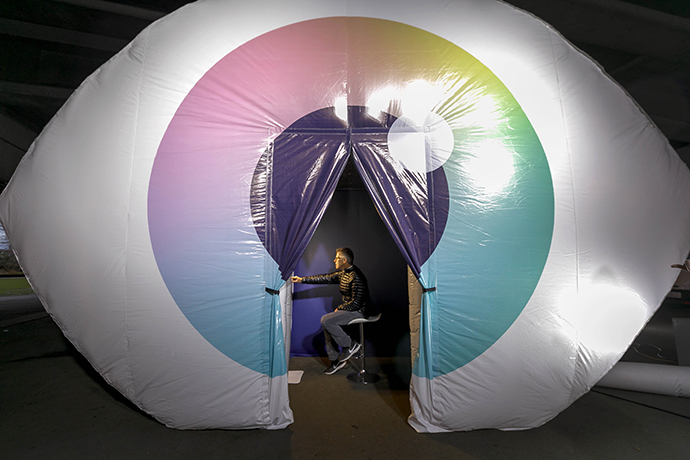
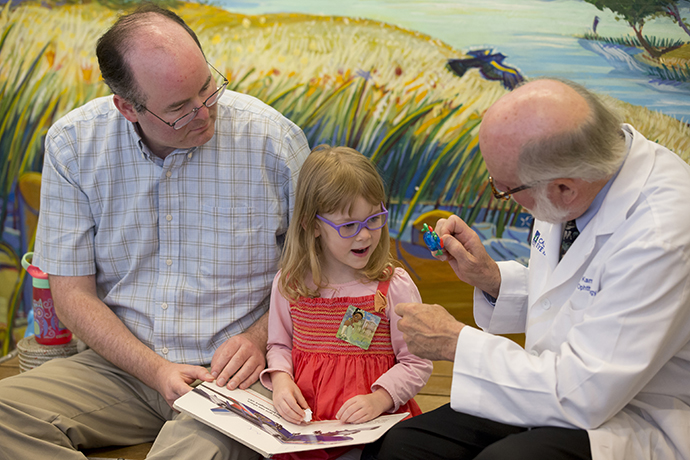
How do I care for my eyes?
Ages 20 to 40: Get an eye exam every five years, unless you experience any problems such as visual changes, pain, flashes of light, new floaters or tearing, or if you have an eye injury.
Ages 40 to 64: Get an eye exam every two to four years.
Over age 65: Get an eye exam every one to two years.
How do I care for my child's eyes?
Children should be see an eye doctors once at six to 12 months of age, at least once between three and five years old before first grade, and then annually after that.
Learn more
To learn more about eye health and common eye diseases, visit our For Patients page.
Eliminating preventable blindness
80% of blindness is preventable.
OHSU Casey Eye Institute provides expertise and patient care in the clinic, but a key part of ending preventable blindness is what we can do outside our doors and in the community.
The Eye Love Project is just one community program that we provide to reach our goal of ending preventable blindness and raising awareness of the importance of vision. All of our programs help people across the state of Oregon and around the world access quality eye care, especially those who need it most.
Casey Community Outreach Program mobile clinic
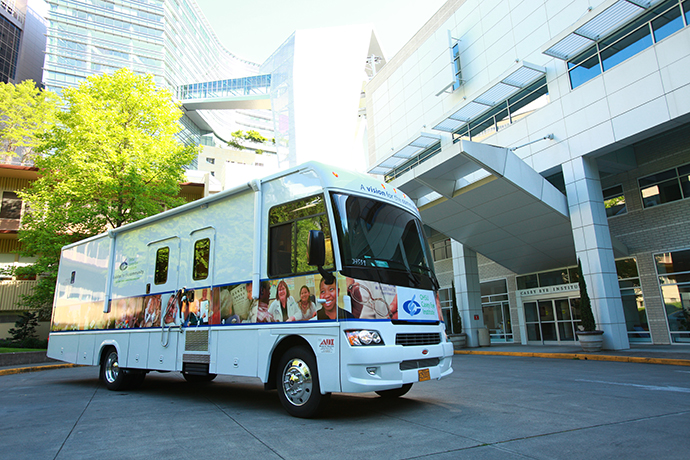
Since its first voyage in 2010, Casey's mobile outreach clinic has traveled across Oregon to bring eye care to underserved communities. Our 33-foot mobile ophthalmology vehicle is staffed by volunteers and identifies participants with common preventable and treatable eye conditions that often cause blindness, including macular degeneration, glaucoma and vision problems relating to diabetes. Learn more.
Promising treatments and gene therapy
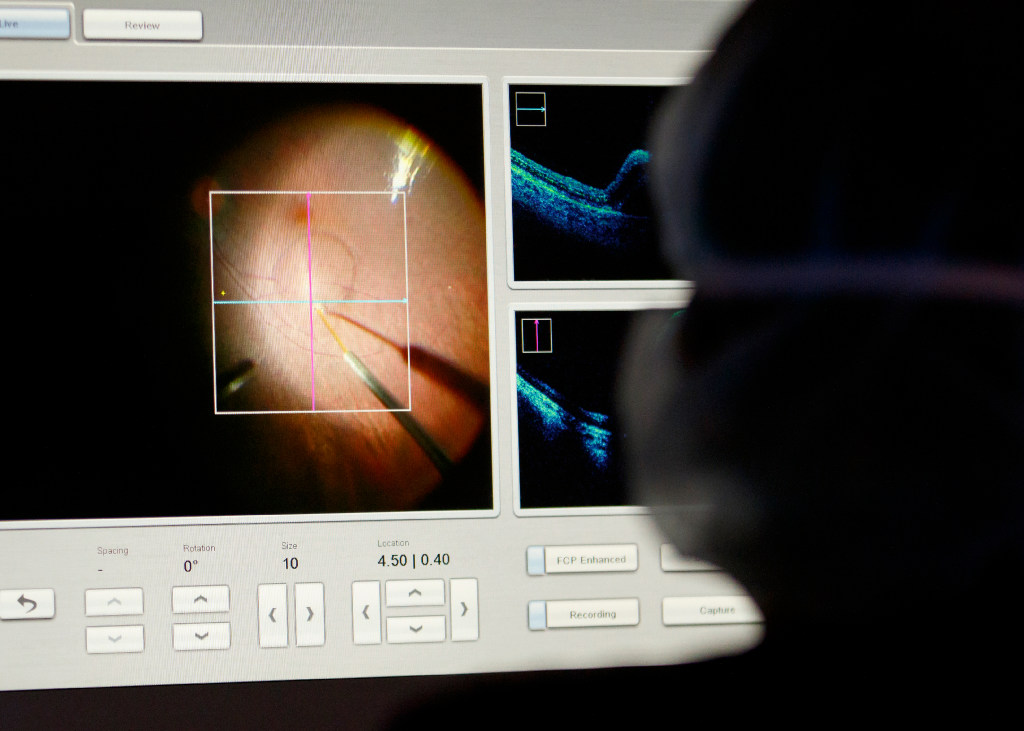
OHSU Casey Eye Institute is one of the leading centers in the world for new treatments and research for people with genetic eye diseases of the retina. Called gene therapy, this treatment involves replacing non-working genes with healthy copies to slow or halt vision loss. Learn more.
Supporting eye health world-wide
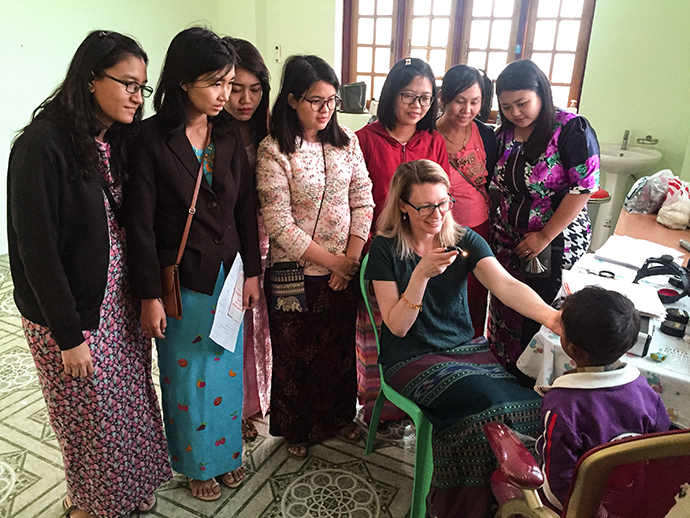
The most common treatable eye conditions include river blindness, retinopathy of prematurity, glaucoma and cataract – areas where OHSU Casey Eye Institute has the expertise to make a difference.
The OHSU Casey Eye Institute’s International Ophthalmology Program strives to reduce treatable and preventable blindness around the world by sharing its best resources with the doctors working in developing countries: knowledge and training. Learn more about our international ophthalmology programs.